Changing gears smoothly is one of the most important driving skills every learner needs to master. Whether you are driving a manual or automatic car, learning how and when to change gears will make your driving safer, more comfortable, and more fuel-efficient. Many beginners struggle with gear changes at first, but with the right techniques and practice, it becomes second nature.
Understanding Car Gears
Before you can change gears smoothly, it’s important to understand how gears work.
Low Gears (1st and 2nd) – Provide high power but low speed. Used for moving off, driving uphill, or in heavy traffic.
Middle Gears (3rd and 4th) – Balance speed and power. Used for city driving and normal roads.
High Gears (5th and 6th) – Provide less power but more speed. Used for highways and fuel-efficient cruising.
Reverse Gear – Used only for moving backward.
In a manual car, you choose the gear using the gear stick and control it with the clutch.
In an automatic car, the system selects gears for you, but smooth acceleration and braking still matter.
Types of Gear Shifters
1. Traditional Manual Gear Stick
Found in most manual cars.
Usually arranged in an H-pattern (1st gear top-left, 2nd gear bottom-left, etc.).
Requires pressing the clutch pedal before shifting.
Great for learners to understand engine control and timing.
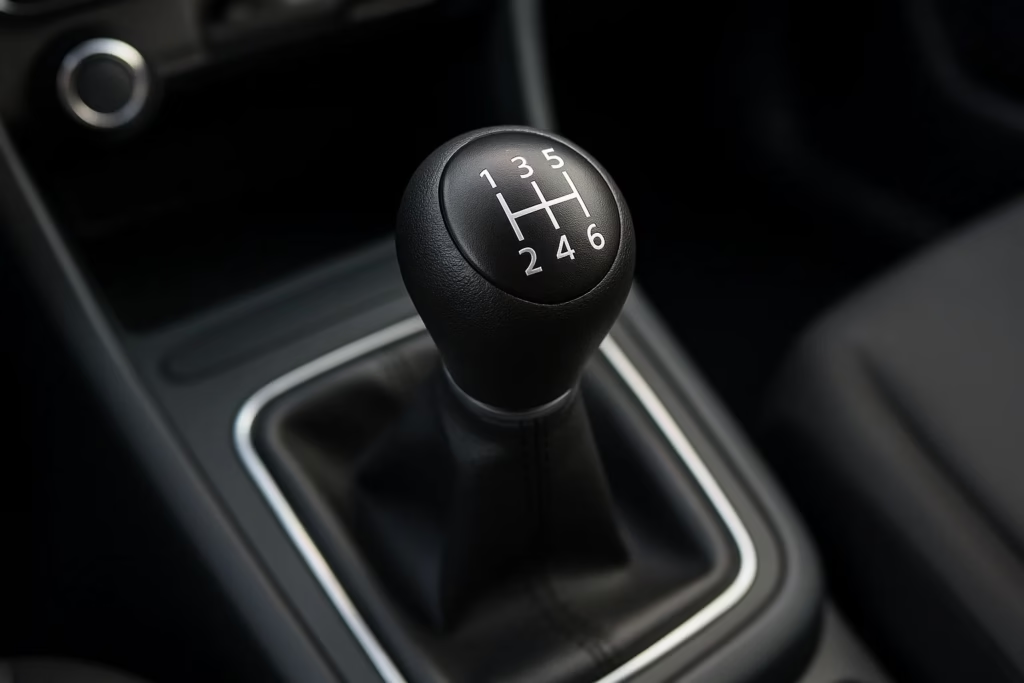
2. Automatic Gear Selector
Common in modern cars.
Typically has positions like P (Park), R (Reverse), N (Neutral), and D (Drive).
No clutch pedal needed—the car changes gears automatically.
Easier for city driving and heavy traffic.
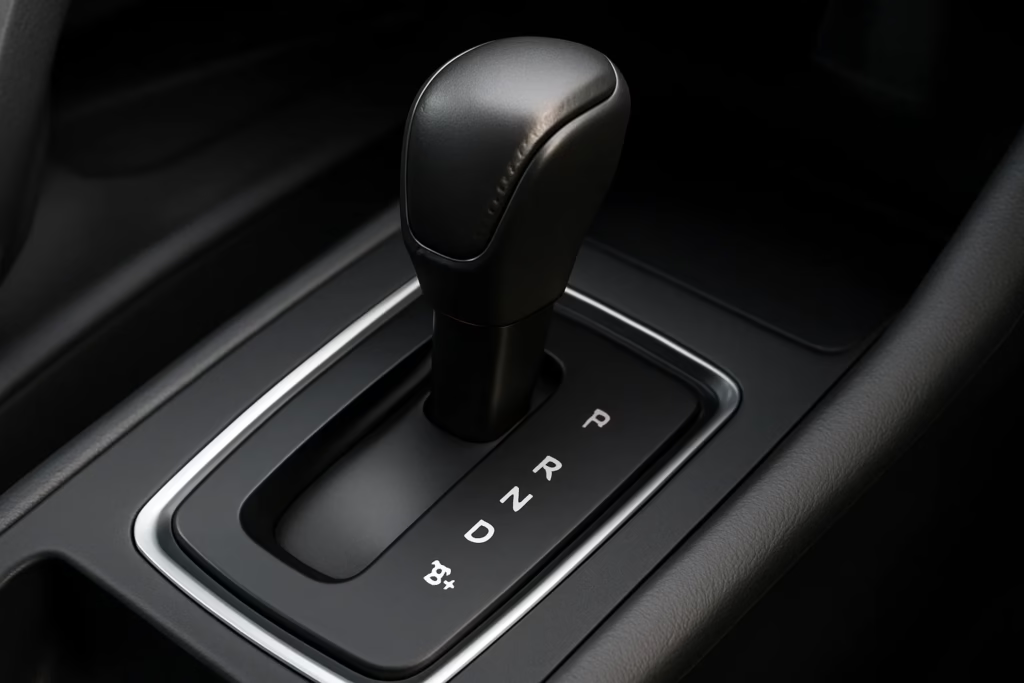
3. Sequential Shifters
Used in some sports cars and motorcycles.
You shift up or down in order (e.g., tap forward to upshift, back to downshift).
Gives drivers more control without a complex H-pattern.
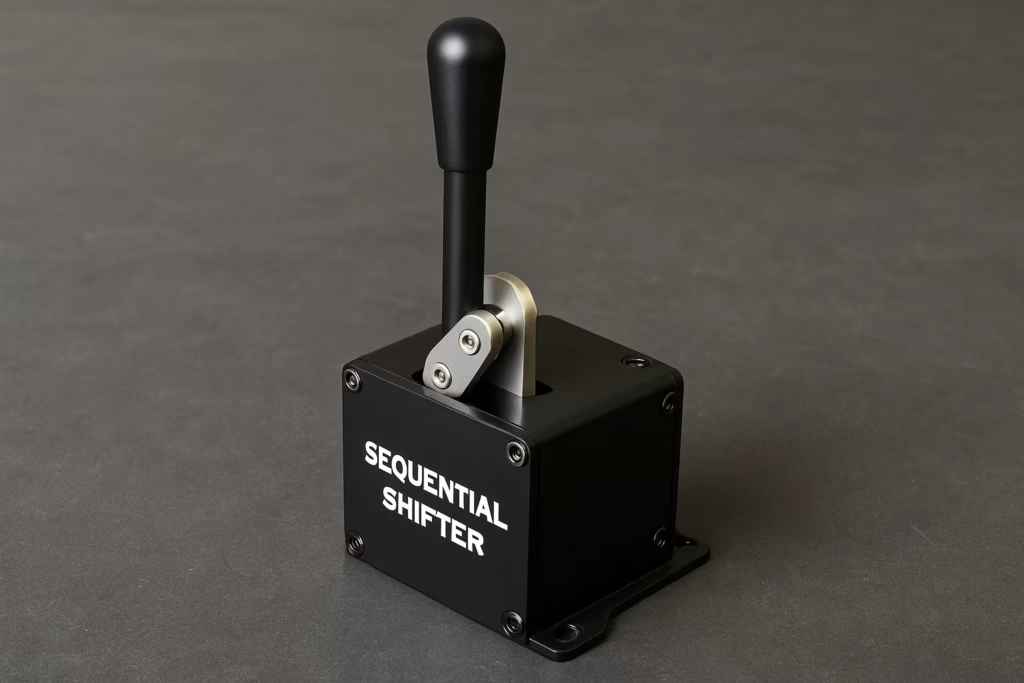
4. Paddle Shifters
Found behind the steering wheel in many modern automatics.
Small levers marked “+” (upshift) and “–” (downshift).
Lets you change gears manually without taking hands off the wheel.
Popular in performance cars.
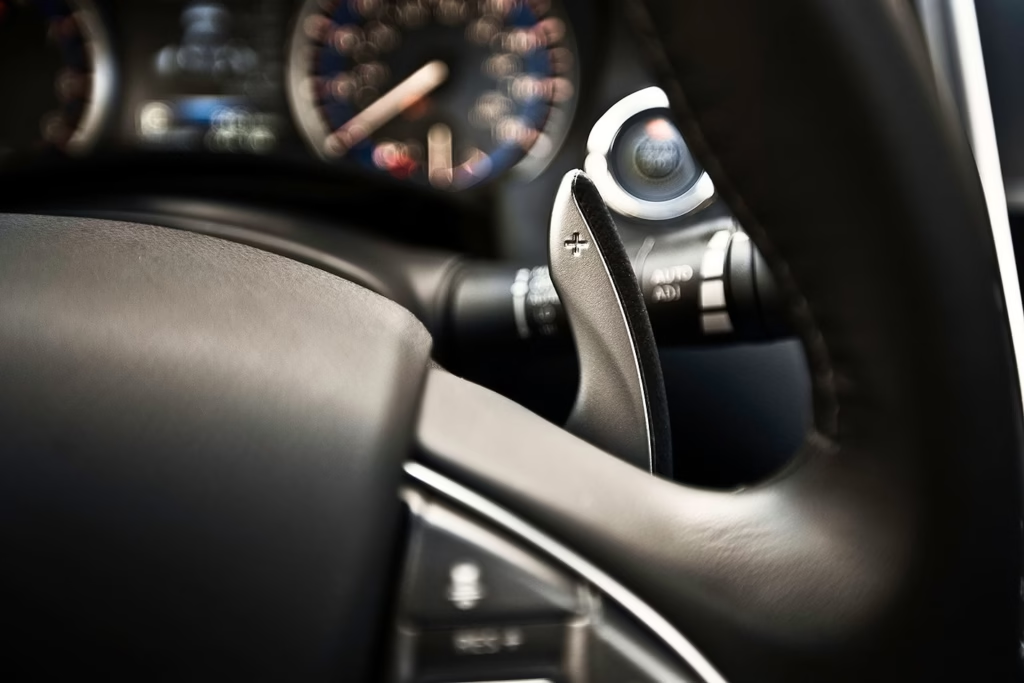
5. Electronic Gear Selectors (Shift-by-Wire)
Newer cars may use buttons, rotary dials, or electronic levers instead of a mechanical stick.
Compact design and easy to use.
Still follows the same basic modes: P, R, N, D.

Step-by-Step Guide
1. Listen to the Engine
The sound of your engine tells you when it’s time to change. If the engine is revving loudly, you probably need to shift up. If the car struggles or vibrates, you may need to shift down
2. Press the Clutch Fully
Before changing gears, press the clutch pedal all the way down. Not pressing it fully can cause grinding and damage.
3. Move the Gear Stick Gently
Shift the gear stick to the correct position without forcing it. If it resists, check that the clutch is fully pressed.
4. Release the Clutch Slowly
Lift the clutch pedal gently while pressing the accelerator. Doing this too quickly will make the car jerk or stall.
5. Coordinate with the Accelerator
As you release the clutch, add a little pressure on the accelerator to match engine speed with the new gear.
Tips for Changing Gears
Practice in a quiet area – Start in an empty parking lot or quiet road.
Don’t rush the clutch – Smoothly releasing the clutch is the key to avoiding stalls.
Keep both hands ready – One on the wheel, the other on the gear stick only when shifting.
Stay relaxed – Nervous drivers often make quick, jerky movements. Take your time.
Know when to shift – Generally:
1st gear: moving off
2nd gear: 10–20 km/h
3rd gear: 20–40 km/h
4th gear: 40–60 km/h
5th gear and above: 60 km/h+
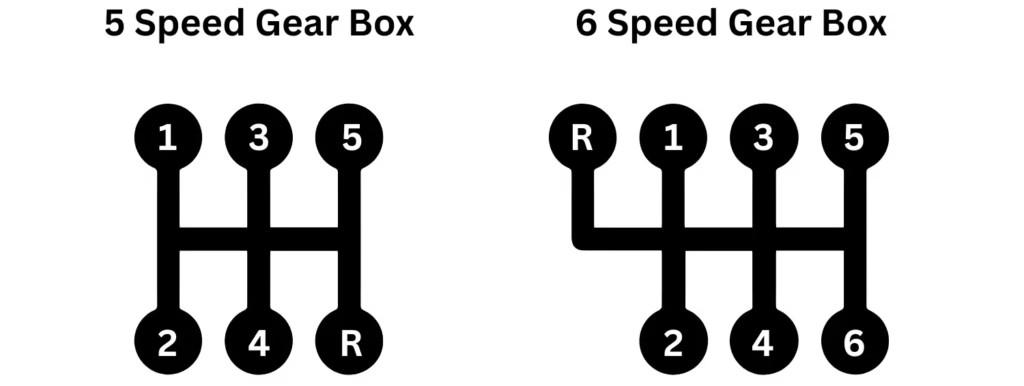
Changing Gears in Automatic Cars
In automatic vehicles, the system does the gear shifting for you. However, smoothness still depends on how you drive.
Accelerate steadily – Avoid pressing the pedal too hard, which can cause sudden gear changes.
Use “Manual Mode” (if available) – Some automatics allow you to control gears for better performance.
Downshift carefully – When overtaking, use kickdown (pressing the accelerator firmly) instead of harsh braking.
Learning to change gears smoothly takes patience, practice, and good coordination. At first, you may stall, grind gears, or feel nervous. But with time, your movements will become automatic. The key is to stay calm, practice regularly, and always focus on smooth clutch and accelerator control.
Remember, smooth gear changes aren’t just about making driving easier—they make your journeys safer, cheaper, and much more enjoyable.
Discover more from SMOOTHSTEERING
Subscribe to get the latest posts sent to your email.



